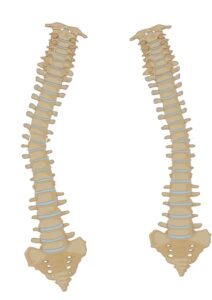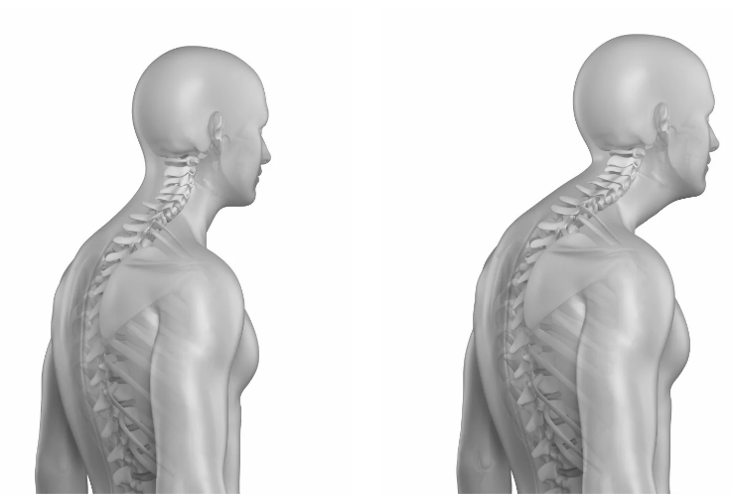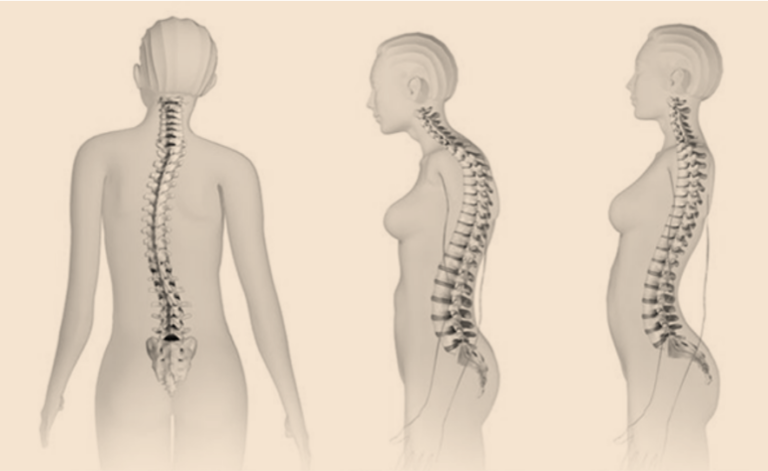What is Spinal Deformity?
Restore Alignment and Reclaim your Life
Spinal deformities refer to abnormal curvatures or misalignments of the spine. These conditions can significantly impact a person’s overall health, posture, and mobility. Understanding the different types of spinal deformities is crucial in identifying the appropriate treatment and preventive measures.

Spinal deformities are structural abnormalities that affect the alignment and curvature of the spine. Normally, the spine has natural curves that help maintain balance and absorb shock. However, when these curves become exaggerated or deviate from their normal range, they cause deformities.
- Scheuermann’s Kyphosis: Scheuermann’s kyphosis is a condition where the vertebrae in the upper back become wedged-shaped, resulting in a rounded upper spine. It often develops during adolescence and can cause back pain, stiffness, and limited flexibility.
- Kyphosis: Kyphosis refers to an excessive forward rounding of the upper back, creating a hunched or “humpback” appearance. It can be caused by poor posture, degenerative diseases, or developmental problems. Severe cases of kyphosis can lead to discomfort, breathing difficulties, and reduced mobility.

Kyphosis – Picture adapted from https://www.spinalbackrack.com/
- Lordosis: Lordosis is an excessive inward curvature of the lower back, commonly known as “swayback.” It can be caused by poor posture, obesity, injury, or conditions such as spondylolisthesis. Severe lordosis may cause lower back pain and difficulty in maintaining a normal standing posture.
- Flatback Syndrome: Flatback syndrome is characterized by a loss of the normal curvature in the lower back, leading to a flat appearance. It can result from spinal surgery, degenerative diseases, or improper alignment. Flatback syndrome can cause problems with balance, difficulty standing upright, and chronic pain.

Lordosis – Picture adapted from https://skoliosis.my/scoliosis-cause/lordosis/
Understanding these different types of spinal deformities is crucial for individuals and healthcare professionals alike. Recognizing the signs and symptoms of each deformity can help determine the most appropriate treatment plan, whether it involves non-surgical interventions, bracing, or surgical procedures.
By raising awareness about spinal deformities and their impact on overall health, individuals can seek early intervention, prevent further progression, and improve their quality of life. Regular consultations with qualified healthcare professionals specialized in spinal conditions are essential for accurate diagnosis and personalized treatment plans.
Click here to read more about the treatment